Holidays on Display
What is December in New York, or most any town mall across America, without some sort of animatronic display featuring elves, snowflakes, and the latest hazardous plastic toys?
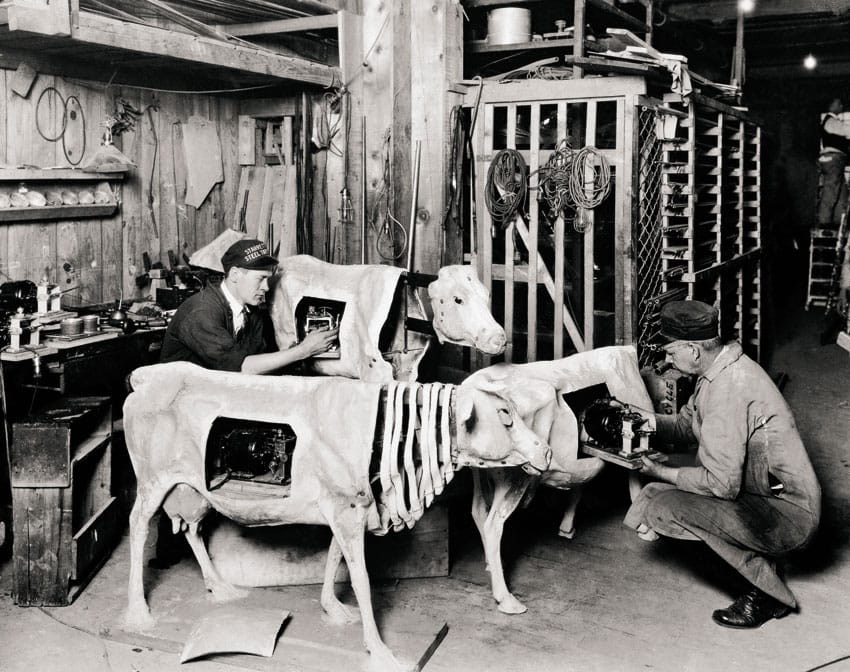
Interview by Rosecrans Baldwin
Do you have any early memories of holiday displays?
Oh lots. Christmas windows in the Woodward & Lothrop department store in Washington, D.C. (I was born in D.C. and lived there until I was five years old), the parades and parade floats that rolled down the street in front of my parents’ house on 66th Avenue in Hyattsville, MD (with local kiddie TV program personalities riding in convertibles), and fantastic night-time spectacles that an aunt helped produce at the local high school where she taught. My sister and I sometimes participated in these school spectacles as children. One in particular that I remember was a homecoming-type event entitled “All Bladensburg Night,” complete with the crowning of a king and queen. Continue reading ↓
William L. Bird’s Holidays on Display captures the history of an art and industry, with many rarely seen photographs of yesteryear. All images appear courtesy Princeton Architectural Press. All images © William L. Bird Jr, all rights reserved.
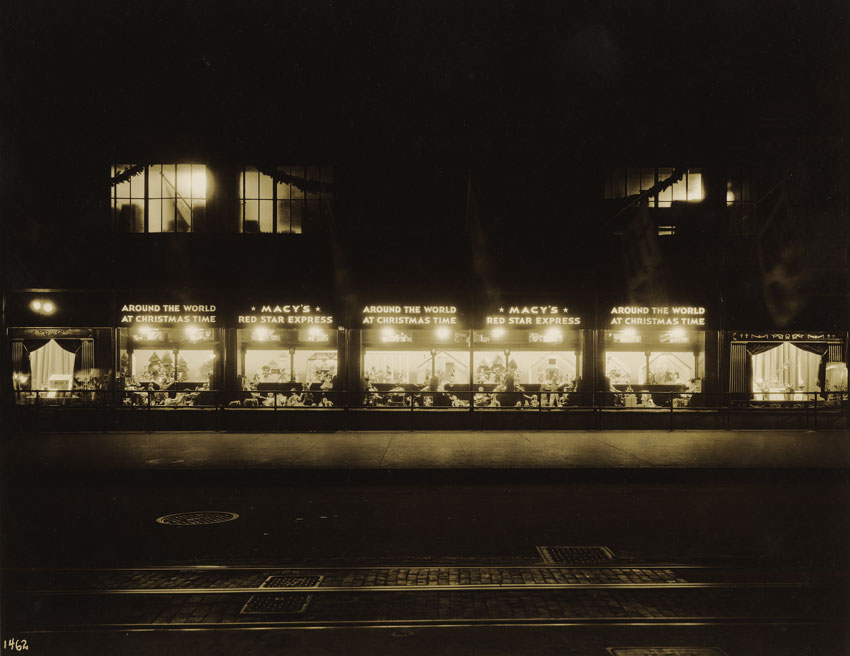
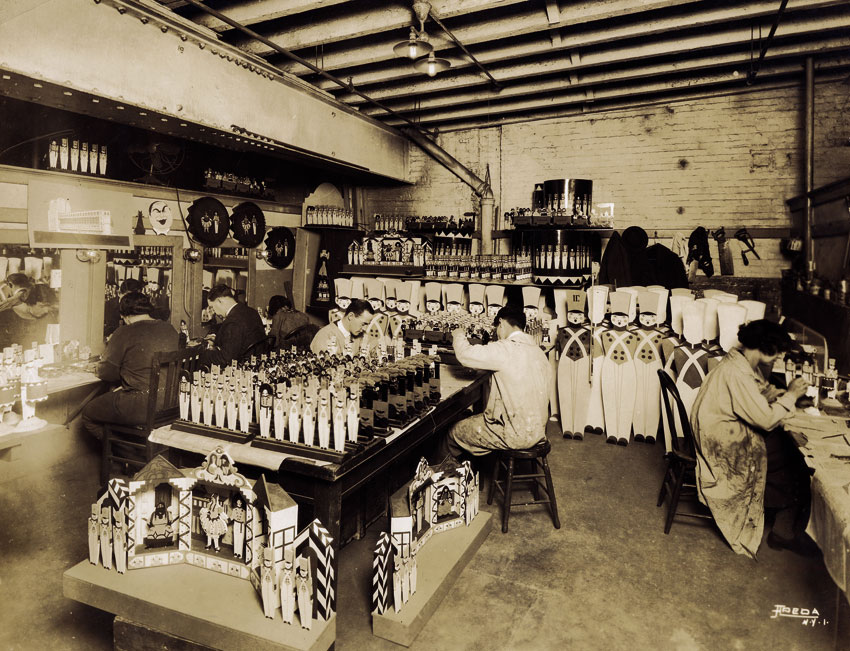
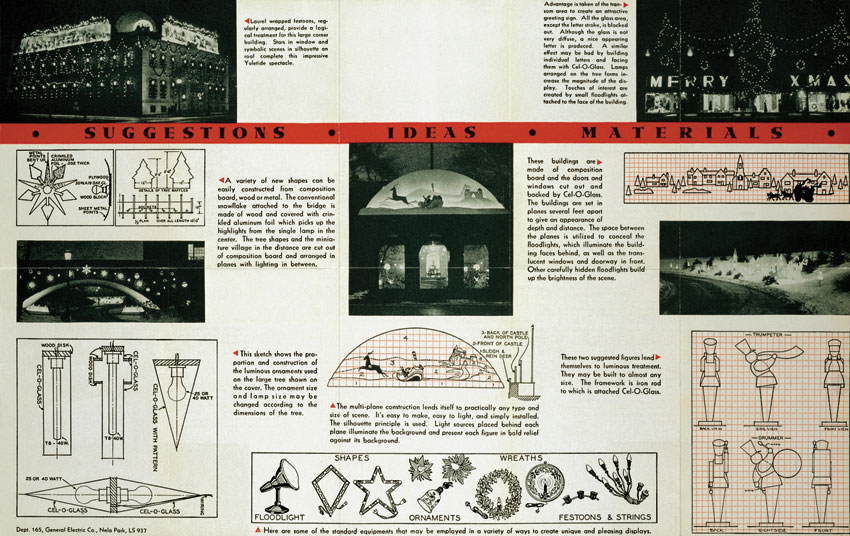
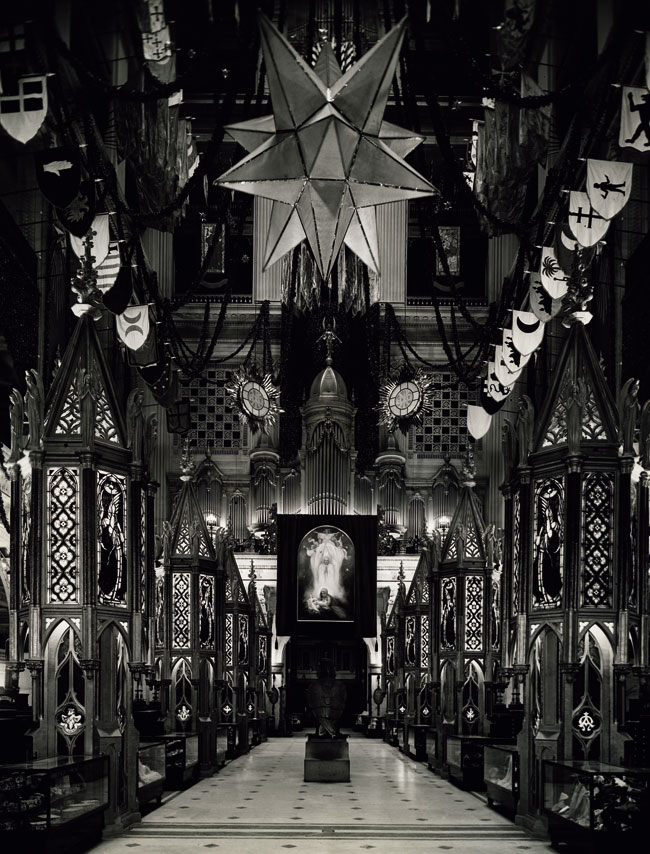

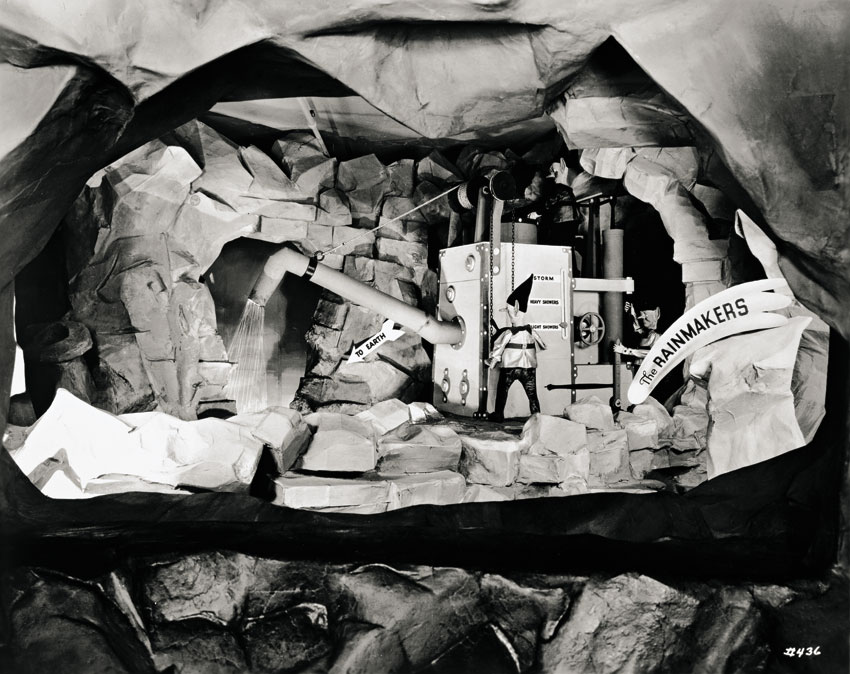
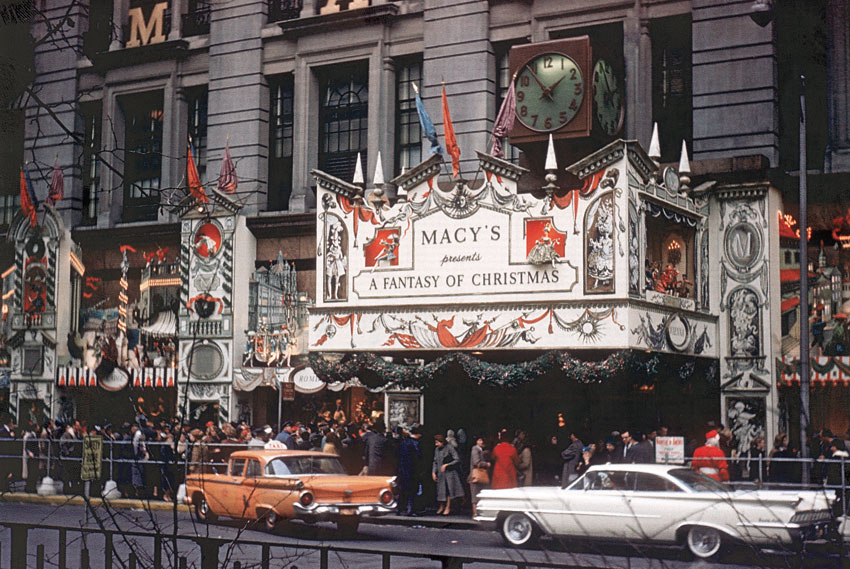
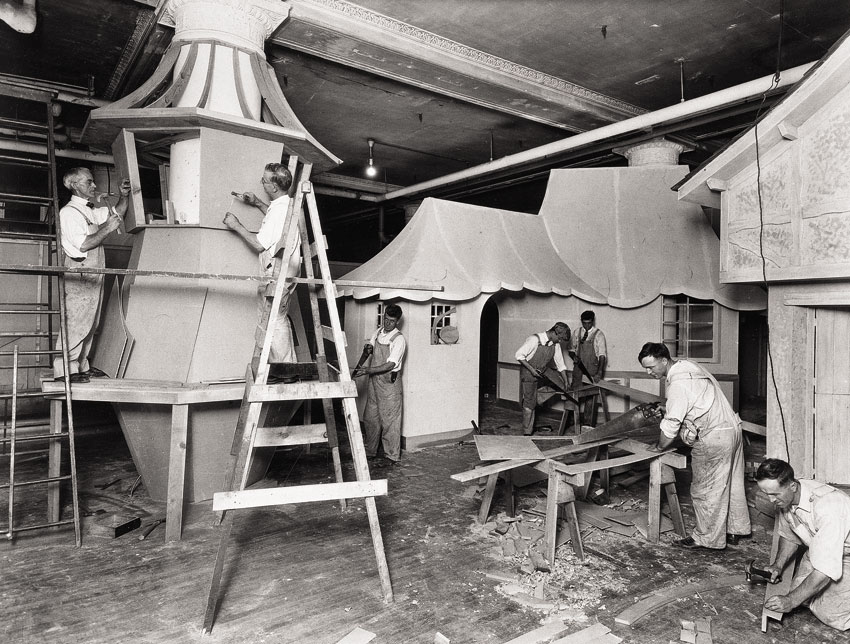
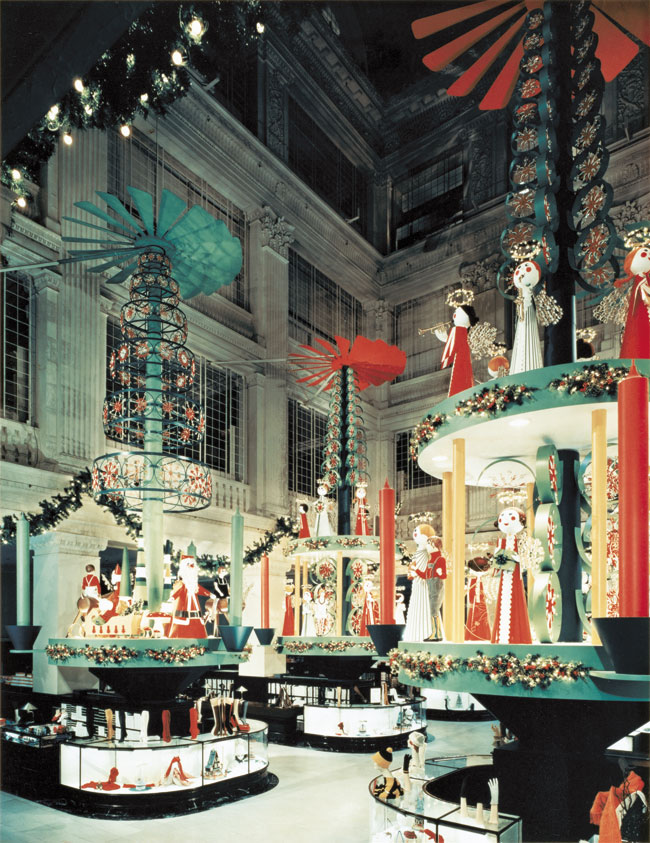
Interview continued
How did we get to animatronic displays at Barney’s?
I don’t know about Barney’s in New York City, that I have always associated with Simon Doonan, and are celebrated less for animatronic features than clever themes and wordplay. If you want to see animation, you need to go to Lord & Taylor, Macy’s, and Saks, usually in that order of magnitude.
What are some of your favorite displays you cover in the book?
I feel an emotional tug from all of them, really. I especially like ones that involve a lot of creativity on the part of a clever designer who takes something and turns it into something else entirely. In Chicago in the late 1940s, for example, Marshall Field’s turned one of the enormous modern decorator show houses in the store into a home for Santa, the Cozy Cloud Cottage. The designer, John Moss, dispensed with the traditional Santa throne, instead using an overstuffed armchair and Chippendale knock-offs in the modern setting, furniture that had been banned from the display by the original decorator, Robsjohn-Gibbings. So the whole treatment became a wry comment on modernism, with reindeer parked around a pot belly stove in the kitchen, and where you exited from your visit to Santa through a sliding glass door onto a frosted patio, that one year had a dog house, and another, a bar for penguins.
What’s your favorite holiday display this year?
It isn’t really a display, but a display moment. The Washington Post’s Marc Fisher wrote a column lamenting the demise of holiday displays, that mentioned the book. He must have struck a chord, as his following columns told the story of a local mall that had jettisoned a central “poinsettia tree” that people had come to love and expected to see. This was a huge tree-shaped structure that held hundreds of potted poinsettias that had long been the central feature of the Columbia, MD mall developed by James Rouse and company. Inspired by Fisher’s first column, a woman organized a protest to which a hundred people showed up, each holding a poinsettia. His last column notes that the mall managers relented and plan to bring the tree back next year.
Are big holiday displays uniquely American?
No. Many of the best animated displays of the 1950s and 60s then seen in America were made in Germany. Today if you spend any time in Paris, you will see amazing animated windows in Printemps and others that use a monofilament system mounted up in the ceiling. The devices spool and unspool threads attached to any article sold in the store—usually a doll or toy—to make the desired action. For example, a Teddy bear swinging through the window holding a camcorder picturing passersby who see themselves on a television that is part of the display, in the window. Or a dining table with plates full of food that suddenly drops from a wall like a Murphy bed, to the delight of seated dolls arranged around the table.
The future of store displays: optimistic? Armageddon?
I think there is reason for optimism as long as there is a creative display manager with an idea. Of course it can never be as wonderful as you remember. That’s it’s power.
